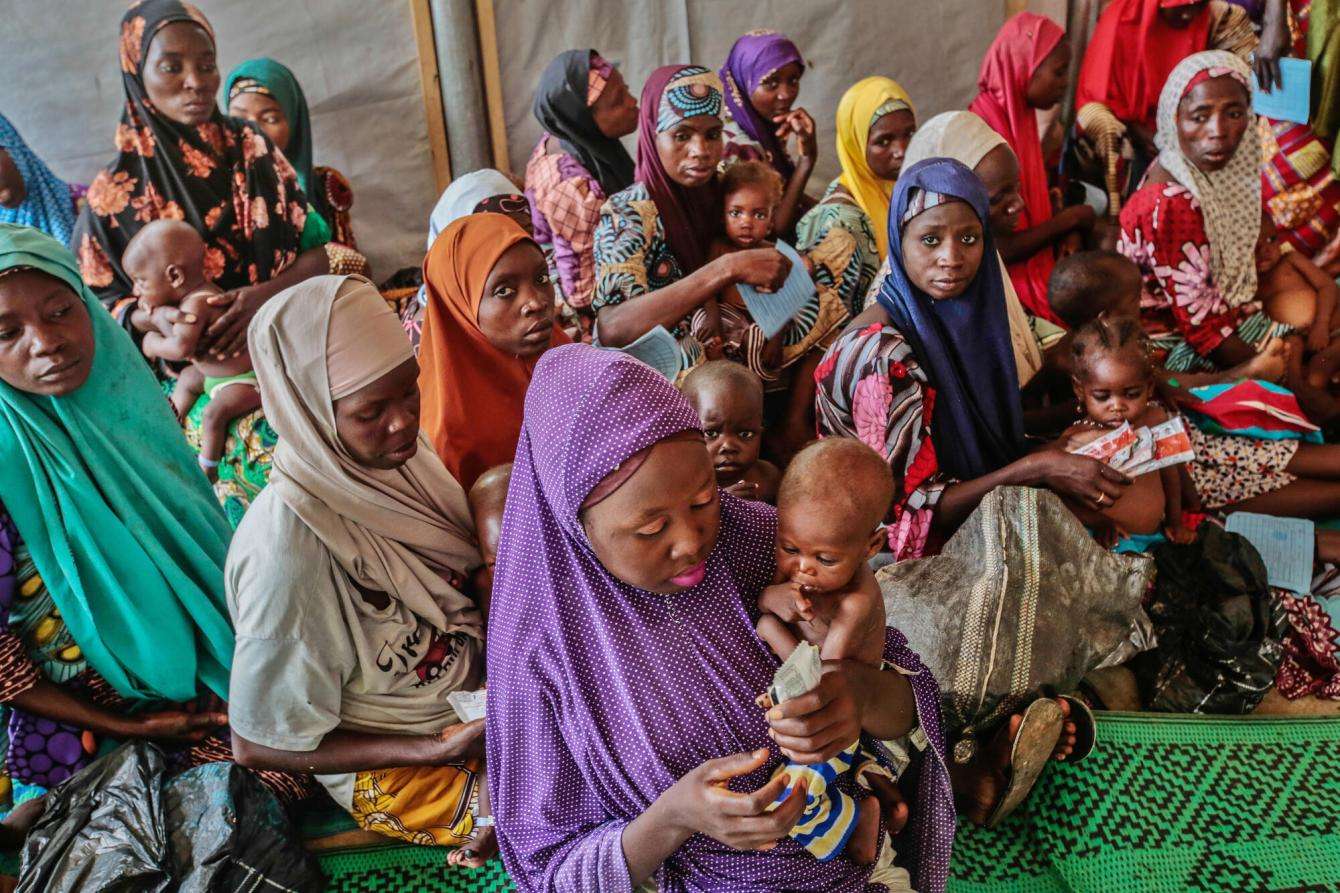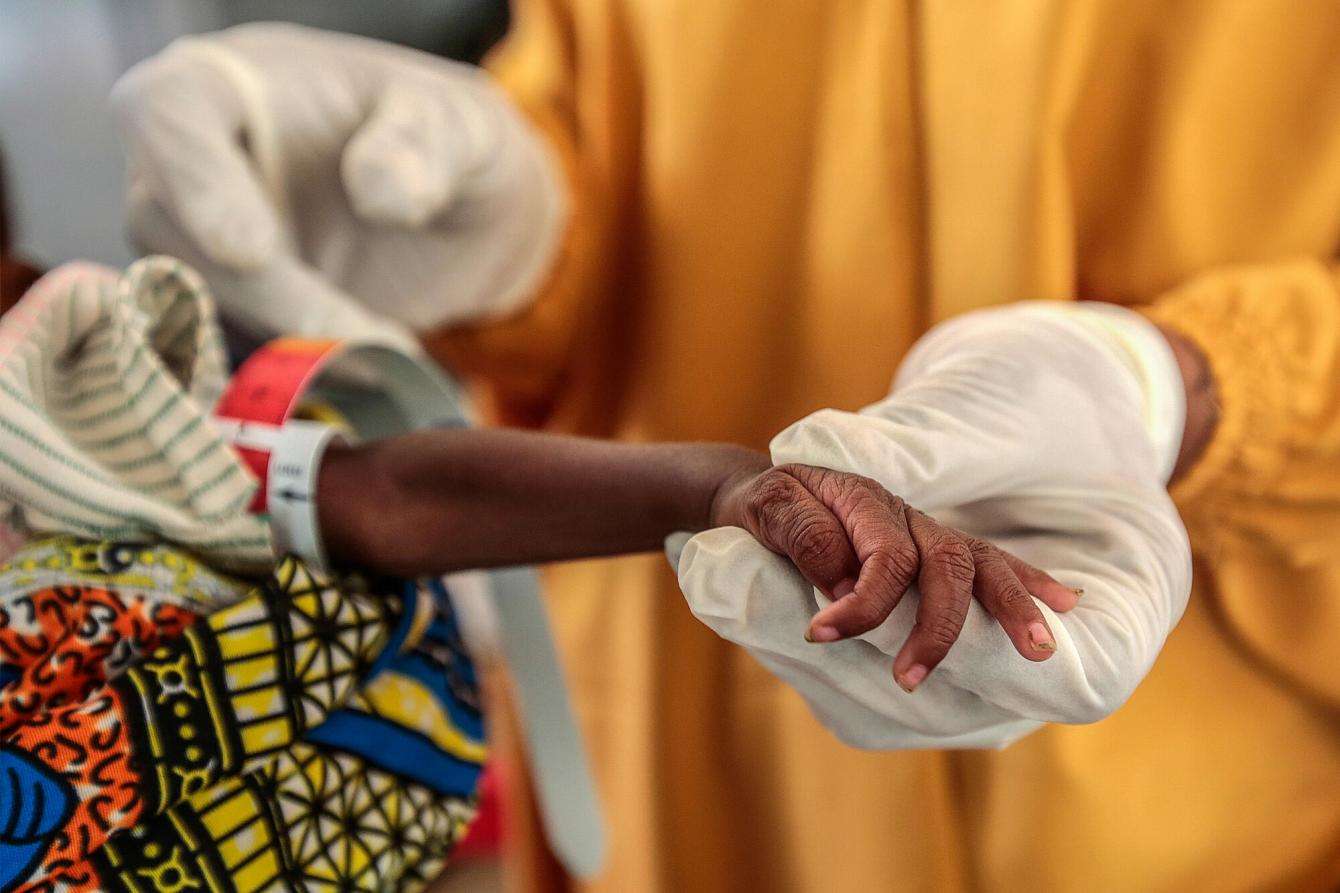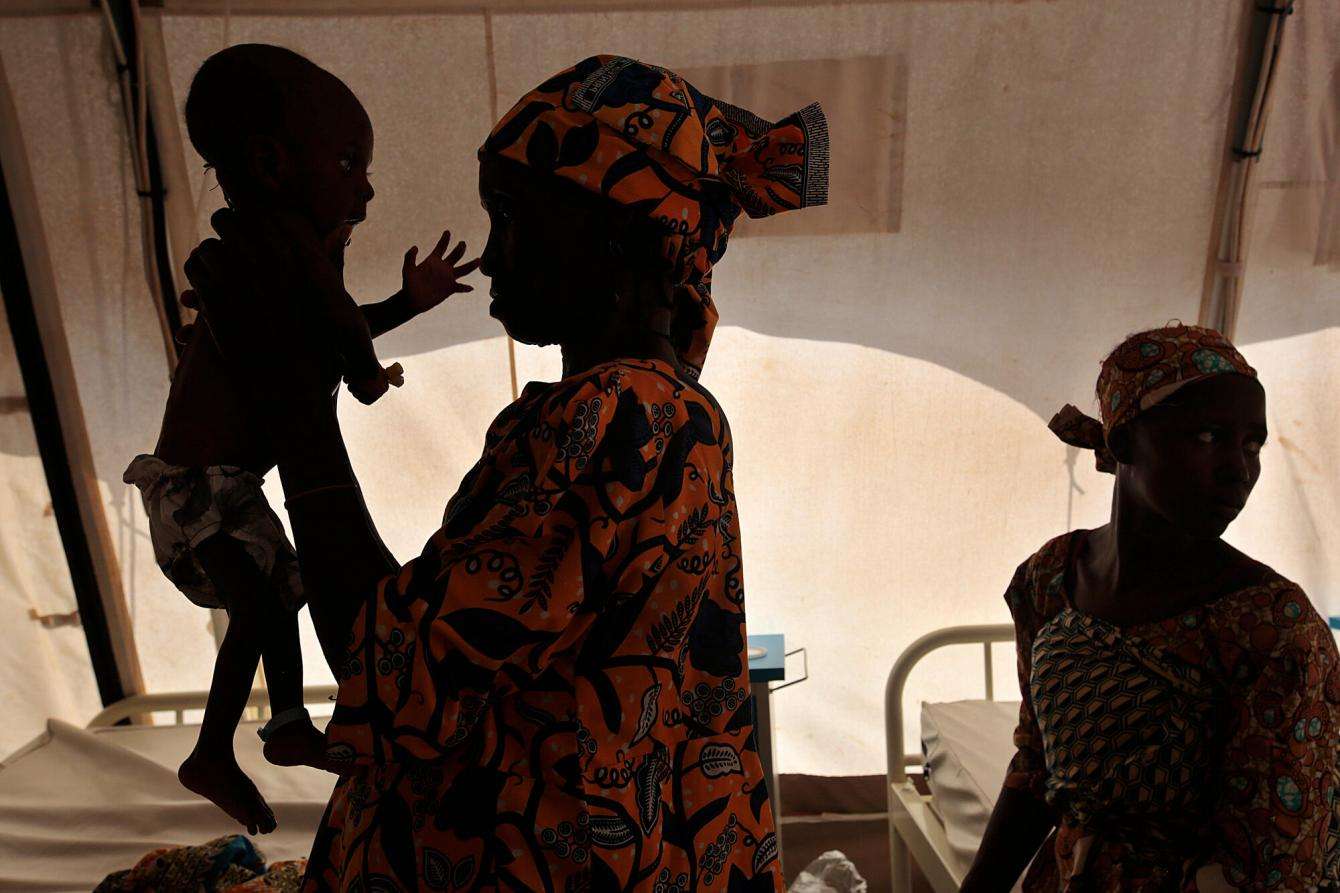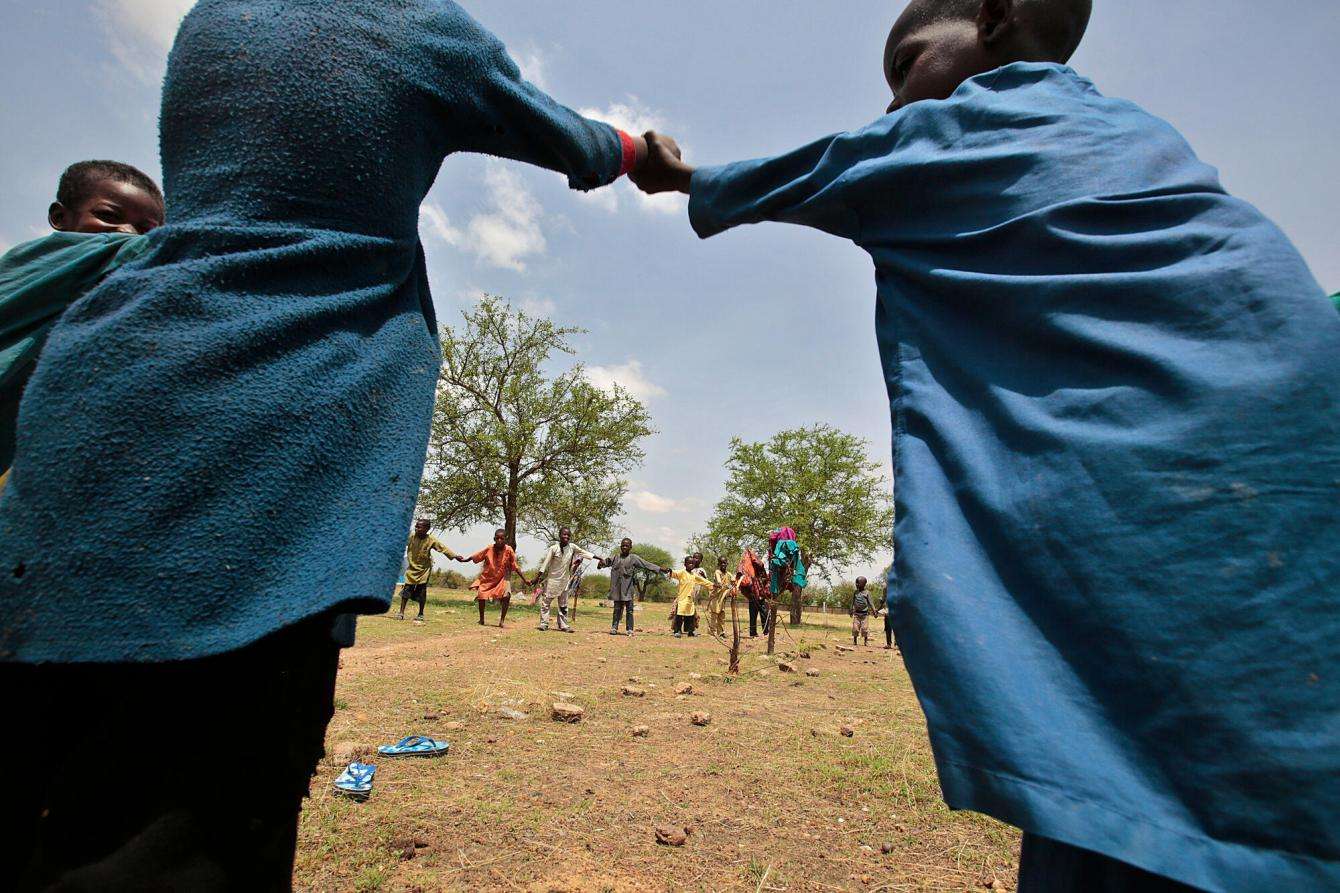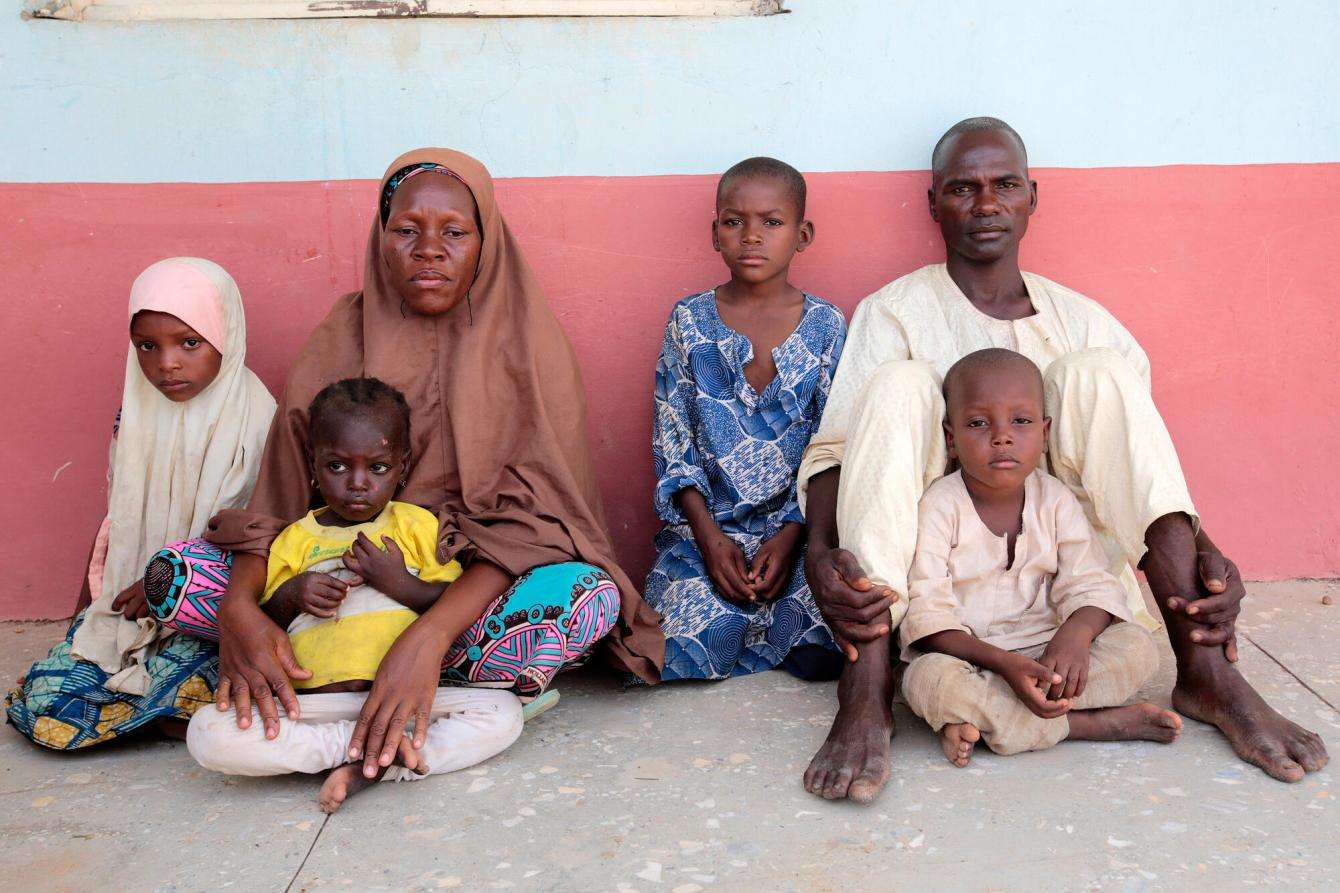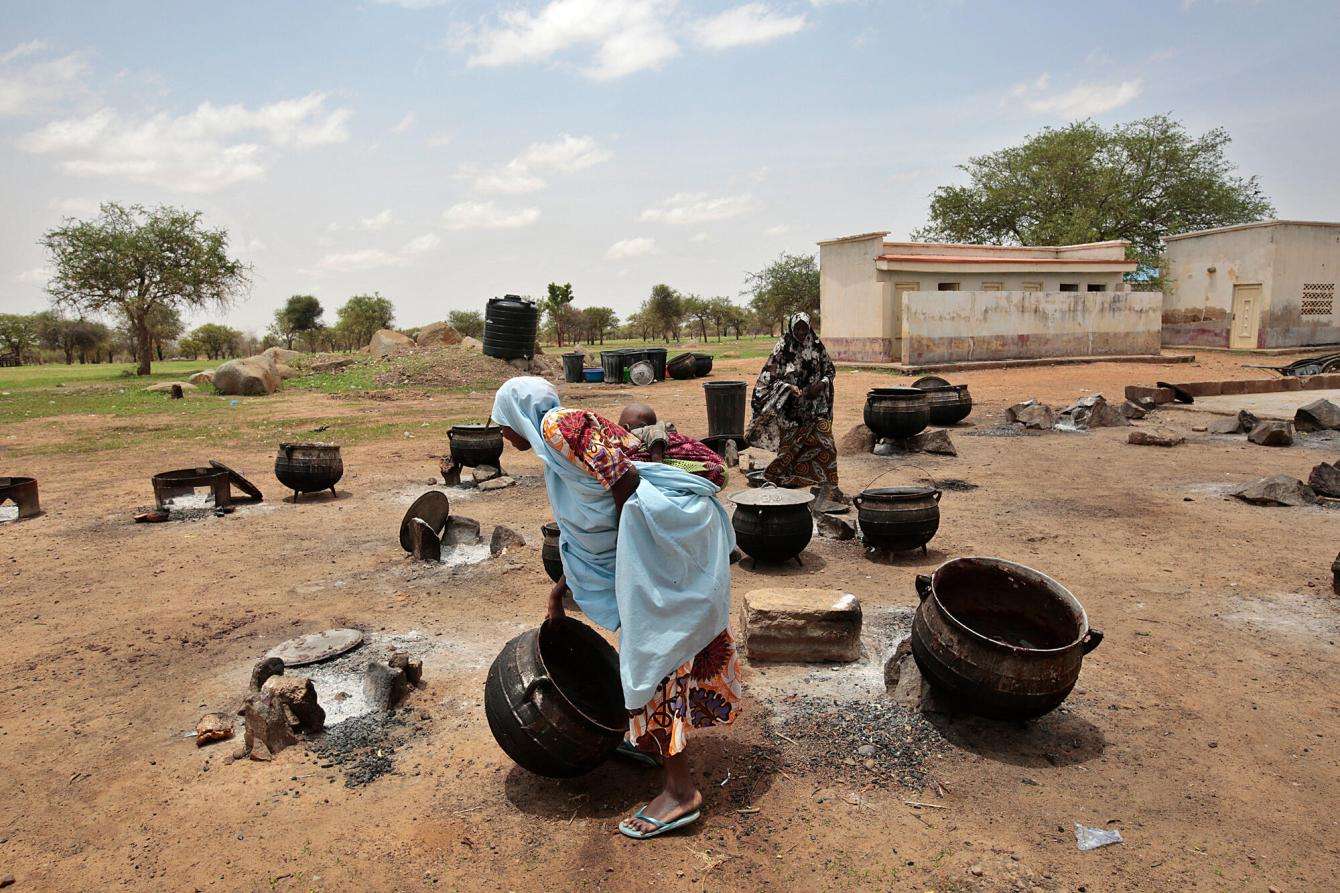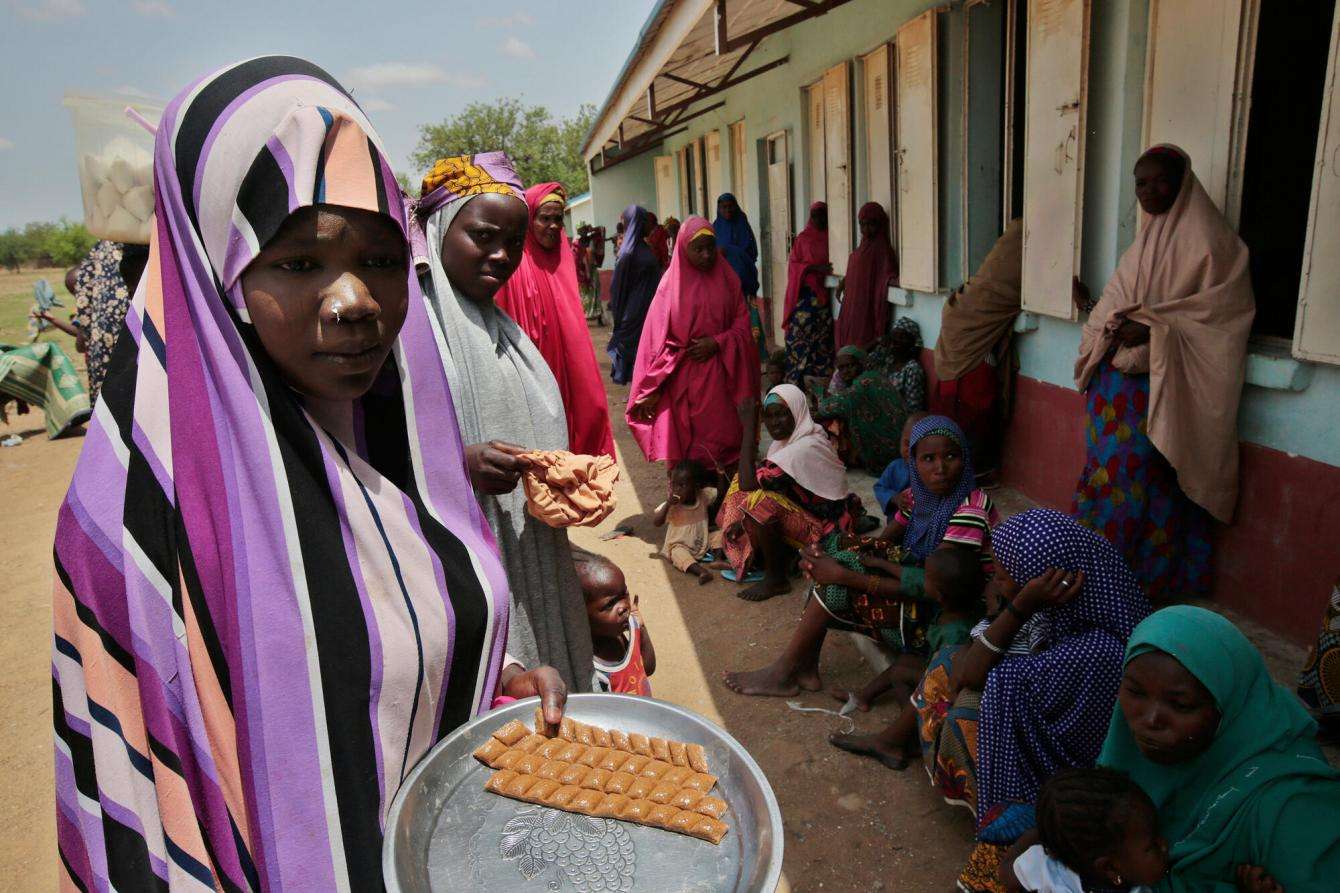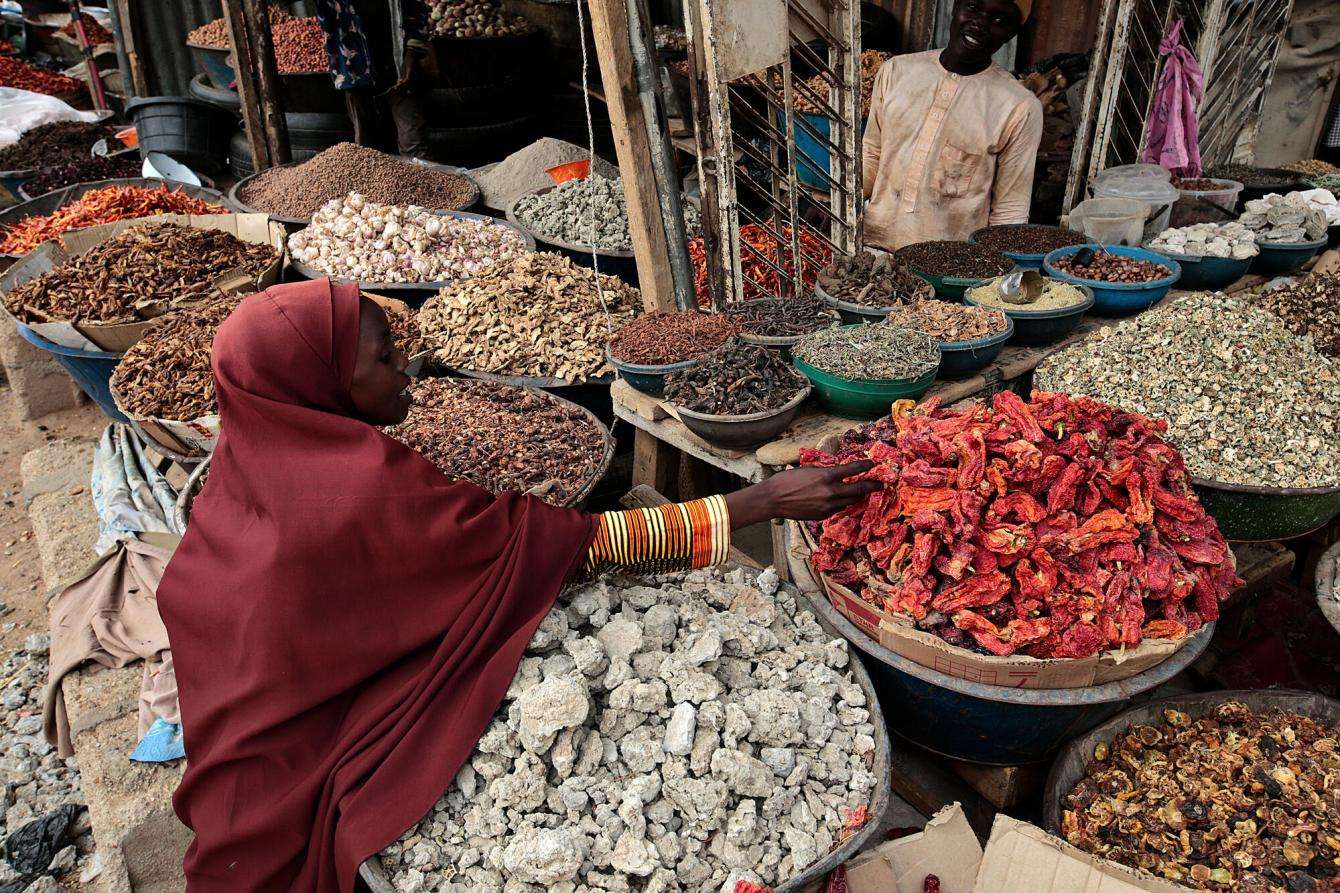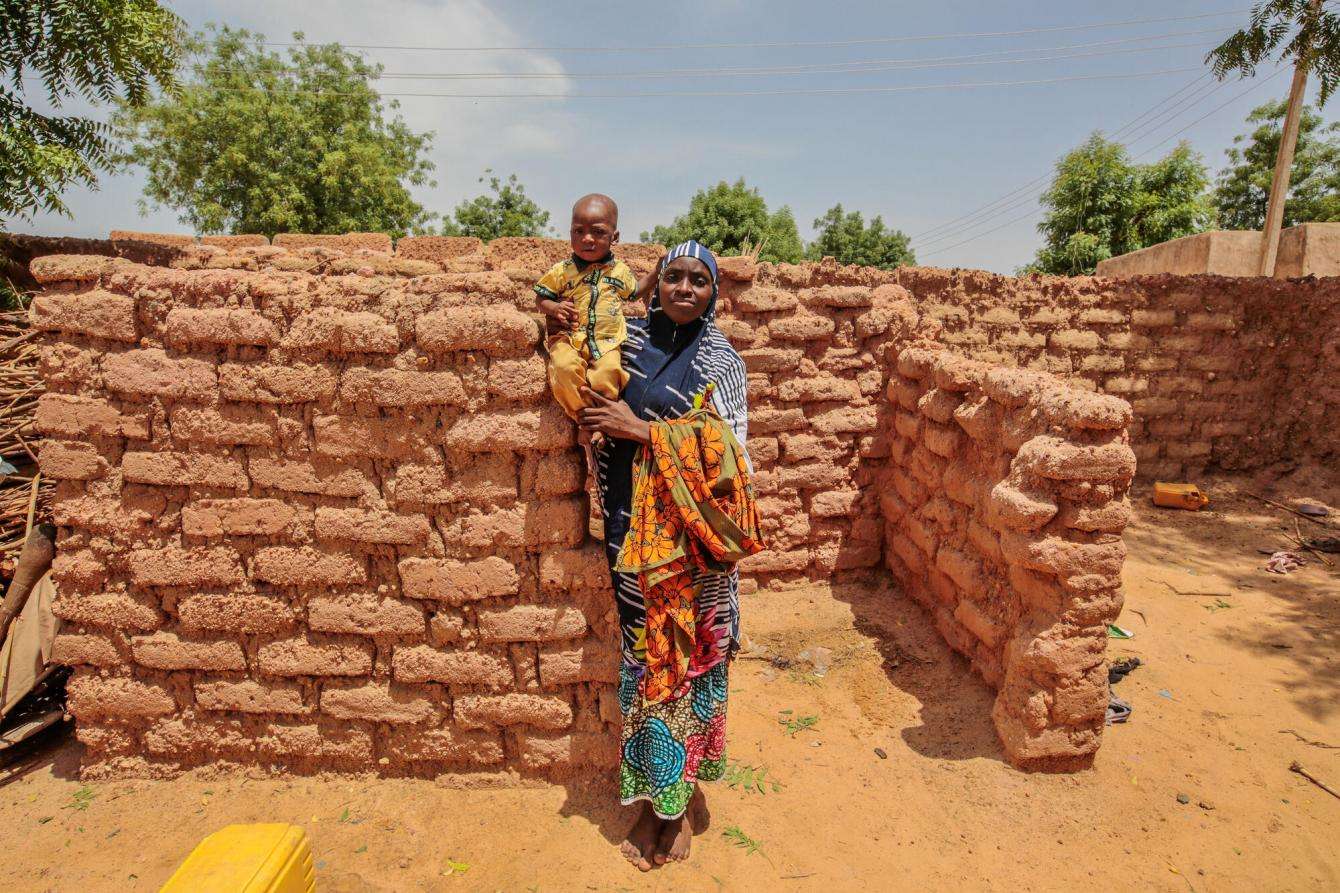Violent attacks by armed groups have caused injuries, death, and displacement across northwest Nigeria. They have also prevented people from accessing the fields and crops that are their livelihoods, pushing an already food-insecure region into a nutritional crisis.
The hunger gap—the period between harvests when food stocks are often low—has just begun, and the peak of malaria season is coming up. Children whose immune systems have been weakened by malnutrition are more susceptible to diseases including malaria, which is potentially deadly. Doctors Without Borders/Médecins Sans Frontières (MSF) teams are preparing to treat as many as 100,000 malnourished children this year through the only nutrition program in Katsina state and will also scale up a response in the region’s other states. Our teams have warned that a bigger response from aid organizations and Nigerian authorities is urgently needed.
Below, images by Nigerian photographer George Osodi show how people caught in crisis are trying to survive; they also provide a look at how MSF teams are treating thousands of children.
